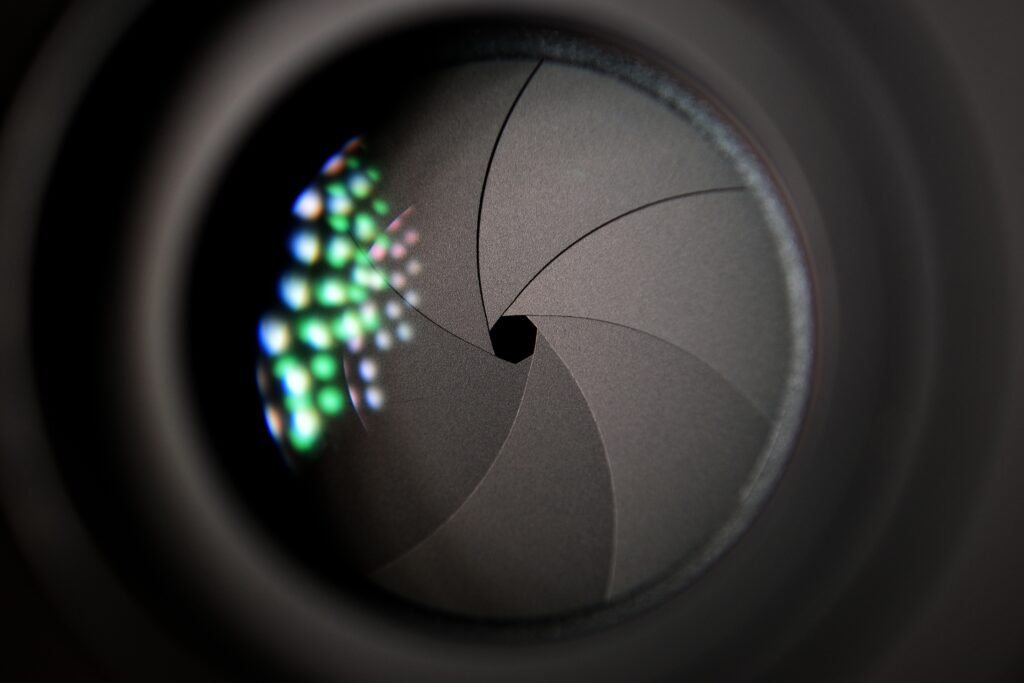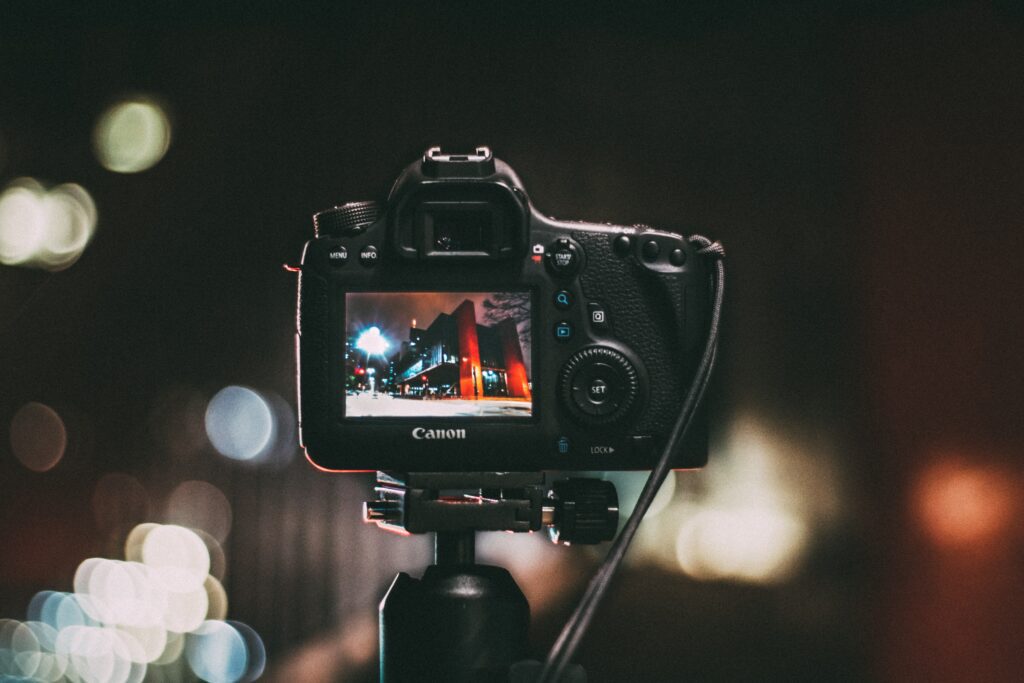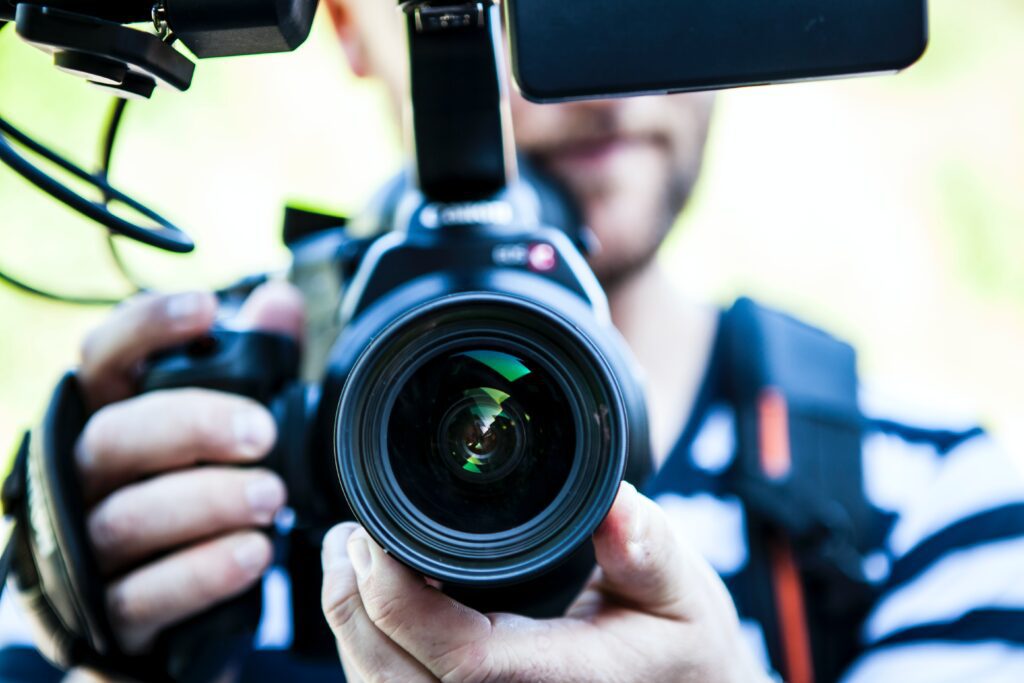Are you ready to unlock the incredible versatility that camera lenses have to offer? Whether you’re a seasoned pro or just starting your photographic journey, this blog article is your gateway to discovering the endless possibilities that lie within your lens collection. From choosing the right camera lenses for every shot to delving into the captivating worlds of close-up photography, beautiful background blur, and wide-angle distortion, we’ve got you covered. So grab your camera and join us as we embark on a thrilling exploration of camera lenses, where creativity knows no bounds.
Choosing the Right Camera Lens for Every Shot


The gateway to your creative vision begins with understanding the basics of camera lenses. From understanding the fundamental basics to decoding the power of focal length, exploring specialized lenses, and discovering valuable selection tips, we will guide you towards unlocking the true potential of your camera and unleashing your creativity. So get ready to elevate your photography to new heights.
Understanding Camera Lens Basics
Before we embark on our lens-venture, let’s start with the basics. Camera lenses come in various shapes and sizes, each with its unique qualities and purposes. Prime lenses offer excellent image quality and a fixed focal length, making them ideal for capturing sharp portraits or low-light scenes. But, zoom lenses provide versatility, allowing you to zoom in and out without changing the camera lenses, perfect for capturing dynamic landscapes or elusive wildlife.
Decoding Focal Length
Focal length is the magical number that determines the field of view and perspective of your shot. A wide-angle lens, with its shorter focal length, lets you squeeze more into the frame, making it great for sweeping landscapes and architecture. On the flip side, a telephoto lens, with its longer focal length, brings distant subjects closer, making it ideal for wildlife photography or capturing that winning sports moment.
Specialized Camera Lenses
Sometimes, capturing the extraordinary requires the unique lenses and that’s where specialized lenses come in. Macro lenses, for instance, unlock the hidden world of tiny details, allowing you to capture stunning close-ups of intricate textures or delicate flowers. If you’re into astrophotography, a wide-aperture lens designed for capturing the night sky will have you shooting for the stars, quite literally!
Lens Selection Tips: Find Your Perfect Match
Now that you’re armed with knowledge about lenses, it’s time to find your perfect match. Consider the purpose of your shoot and the story you want to tell. Are you going for dreamy portraits or gritty street photography? Do you need a lens that performs well in low light or one that captures action with lightning-fast focus? Remember, each lens has its own strengths and limitations, so choose wisely to ensure your vision comes to life.
Find out more about different types of camera lenses.
Revealing the World of Close-Up Photography


In this section, we will master the art of focusing, harnessing the power of lighting, and the artful composition of miniature scenes for close-up photography. Get ready to unveil the power of macro lenses. So let’s dive into the fascinating world of close-up photography together.
Macro Camera Lenses
When it comes to close-up photography, macro lenses are the superheroes that unlock the miniature universe around us. These lenses are specially designed to capture intricate details and tiny subjects with exceptional clarity and sharpness. From capturing the delicate texture of a flower petal to highlighting the intricate patterns on a butterfly’s wings, a macro lens brings forth a whole new world of wonders.
Getting Up Close and Personal: Mastering the Art of Focus
One of the key challenges in close-up photography is achieving precise focus. But when you’re zoomed in on a small subject, even the slightest movement can make a difference. To ensure your close-ups are tack-sharp, try using manual focus or focus stacking techniques. So take your time, be patient, and experiment with different focal points until you achieve that perfect clarity that brings your subject to life.
Lighting: Illuminating the Fine Details
Lighting plays a crucial role in close-up photography. Properly illuminating your subject can make the difference between a dull image and a breathtaking masterpiece. Natural light can work wonders, especially during the golden hours when the soft, warm glow enhances textures and adds depth. If you’re shooting indoors, consider using diffused artificial light sources or experiment with reflectors to control shadows and highlights. Remember, light is your ally in revealing the intricate beauty of close-up photography.
Composition: Storytelling in Miniature
As with any genre of photography, composition is key to creating captivating close-up images. Pay attention to the placement of your subject within the frame, considering the rule of thirds or experimenting with symmetrical compositions. Explore different angles, and perspectives to add depth and visual interest to your shots. Don’t be afraid to experiment and let your creativity shine through!
Capturing Beautiful Background Blur


Whether you’re a beginner seeking to understand the techniques or a seasoned photographer looking to refine your skills, we will guide you through the secrets of achieving stunning background blur that will make your subjects pop and elevate your images to a whole new level of beauty. So let’s unlock the secrets to capturing beautiful background blur.
The Power of Wide Apertures: Embrace the Blur
To create that captivating background blur, you need a lens with a wide aperture. A wide aperture, represented by a low f-number like f/1.8 or f/2.8, allows more light to enter the lens, resulting in a shallower depth of field. This means that when you focus on your subject, the background naturally blurs out, drawing attention to what matters most. So, grab a lens with a wide aperture, and let the magic of bokeh unfold!
Prime Camera Lenses
When it comes to achieving beautiful background blur, prime lenses are your best friends. These lenses have a fixed focal length, which allows them to have wider maximum apertures compared to zoom lenses. With a prime lens, you can open up that aperture wide, and creating a stunning separation between your subject and the background. So, say goodbye to the distractions and hello to a creamy, dreamy backdrop.
Distance Matters: Subject Separation Secrets
Achieving that luscious background blur is not just about the lens—it’s also about the distance between your subject and the background. The farther your subject is from the background, the more pronounced the blur will be. So, if you want that background to melt into a smooth, painterly canvas, try positioning your subject away from any distracting elements. Experiment with different distances and watch your background transform into a mesmerizing peace of arts.
Background Blur with Telephoto Lenses
While wide-angle lenses are known for their immersive perspectives, telephoto lenses offer a unique advantage when it comes to capturing background blur. With a telephoto camera lenses, you can achieve a compressed perspective, which helps to separate your subject from the background even further. So, whether you’re shooting portraits or wildlife, embrace the power of telephoto lenses and watch the background melt away into a dreamy blur.
Embracing the Distortion with Wide-Angle Lenses


Now we will dive into the realm of wide-angle photography, where distortion becomes a powerful tool for artistic expression. We will explore the unique characteristics and creative possibilities of wide-angle camera lenses, enabling you to embrace the distortion and capture images that immerse your viewers in a captivating visual experience. Get ready to expand your photographic horizons as we embark on a journey of wide-angle exploration.
Expand Your Field of View: Going Wide and Wild
Wide-angle lenses are all about expanding your field of view, making them perfect for capturing vast landscapes and tight spaces alike. These camera lenses typically have a focal length of 35mm or less, allowing you to squeeze more into the frame and create a sense of depth and scale. So, whether you’re hiking in the mountains or exploring a bustling city street, go wide and let the world unfold before your lens.
Creative Distortion: Bend Reality in Your Favor
One of the fascinating aspects of wide-angle lenses is the distortion they introduce. The slight bending of straight lines and exaggeration of perspective can add a dynamic and artistic flair to your images. Experiment with shooting from different angles and distances to accentuate the distortion or use it to emphasize leading lines and draw the viewer’s eye into the frame. Let your creativity soar as you bend reality in your favor!
Get Up Close and Personal: Wide-Angle Close-Ups
Wide-angle lenses aren’t just for sweeping landscapes. They can also create unique close-up shots that immerse the viewer in the scene. By getting close to your subject with a wide-angle lens, you can exaggerate the size difference between the foreground and the background, creating a sense of depth and dimension. Whether it’s a flower, an interesting object, or even a portrait, use your wide-angle lens to capture close-ups that invite viewers to step into the frame.
Mind Your Composition: Balancing Elements in the Frame
When working with wide-angle camera lenses, composition is key to creating visually appealing images. Pay attention to the placement of your subjects and objects within the frame, considering the rule of thirds or leading lines to guide the viewer’s gaze. Be mindful of how distortion can affect the proportions and shapes of elements in your scene. Experiment, explore, and find the balance that makes your wide-angle compositions sing.
Armed with knowledge and inspiration, it’s time to unleash your creativity and capture breathtaking shots that truly stand out. So go ahead, grab your camera, experiment with different camera lenses, and let your imagination soar. Whether you’re seeking the perfect lens for a specific shot, exploring the enchanting world of close-up photography, blurring backgrounds to create dreamy effects, or embracing the unique distortion of wide-angle lenses, remember to have fun and let your lens be your guide.
If you have any inquiries, please put them in the comments section below. I’ll answer them in our upcoming blog post!
Happy photo shooting!






